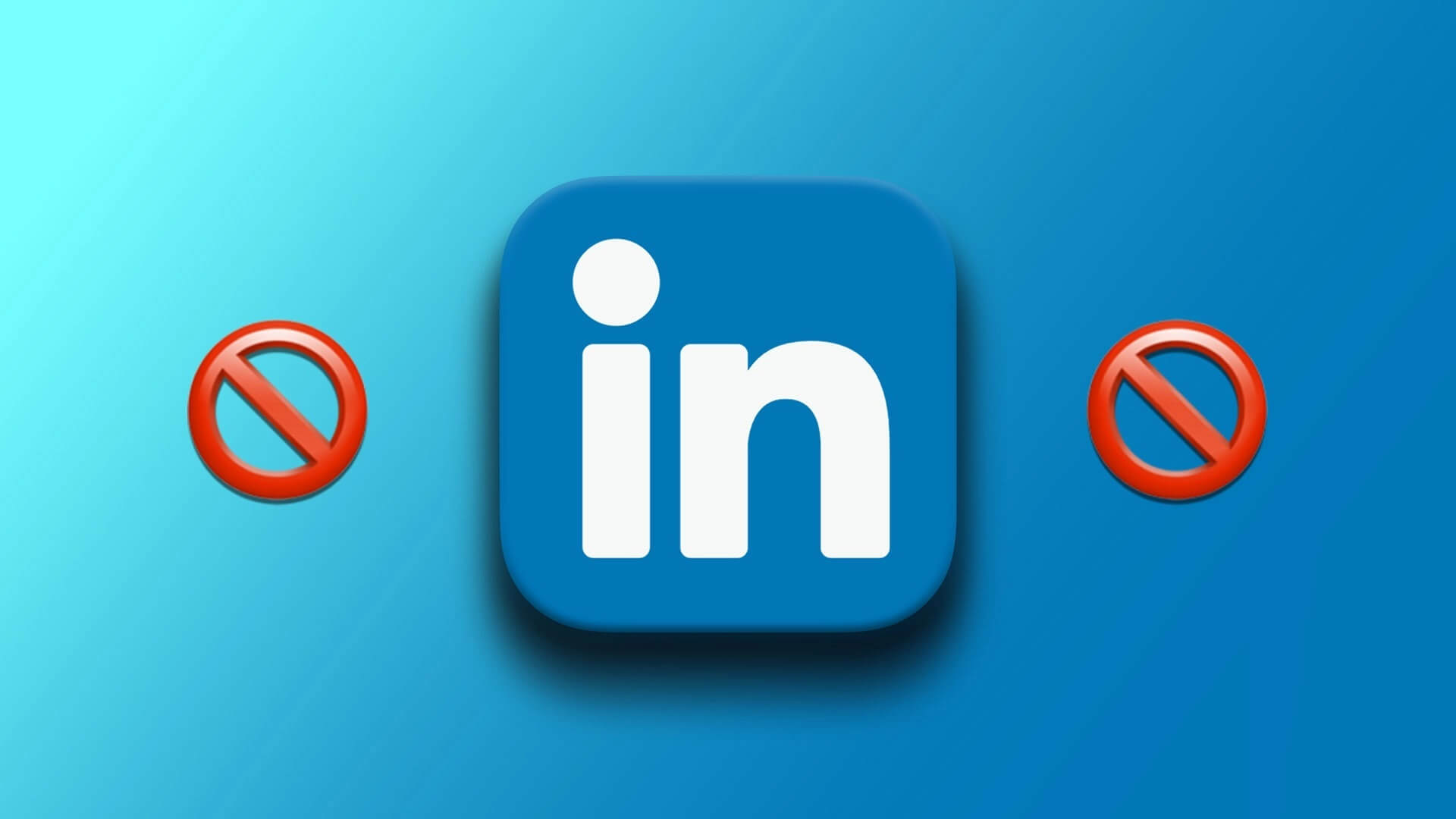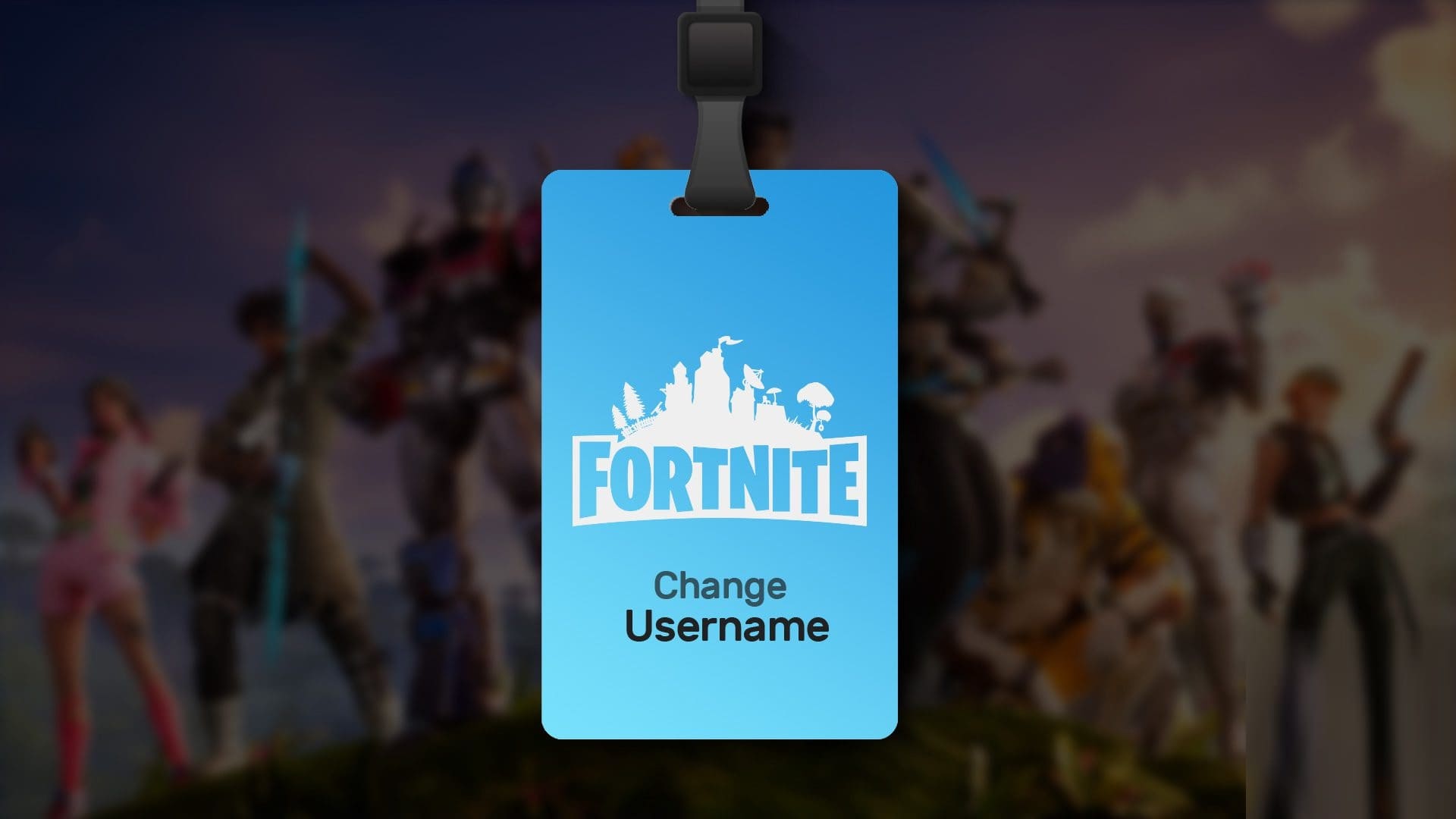Do you have a Windows computer and want to develop iOS apps? It's not easy, so you might consider giving up and buying a Mac instead. Before you do that, read this tutorial. We cover six ways to create iPadOS apps as well as iOS apps on Windows.

Why is it difficult to develop iOS apps on Windows?
Apple's walled garden makes it nearly impossible to develop iOS apps without a Mac. Xcode, the only integrated development environment (IDE) for building iOS apps, is only available on macOS. Important development features, such as emulating an iOS device on a computer, are only possible with Xcode installed.
Unlike the Google Play Store, which allows apps to be uploaded via a website, the only way to upload iOS versions to Apple's App Store is using software tools exclusive to macOS: Xcode, Transporter (a macOS-exclusive app), and the Altool command-line program. It's literally impossible to publish an app to the App Store without using macOS.
However, given the cost of Mac computers, purchasing a Mac isn't an option for many people. Fortunately, there are several ways to develop iOS apps using only a Windows computer. One method is to use Windows to access your macOS device and develop the app entirely using Xcode. Another is to write the code on Windows using cross-platform development tools. Read on to learn the specific options for each of these approaches.
1. React Native and Expo
React native React Native is Facebook's JavaScript framework for building Android and iOS apps. You can create apps that look and feel like they belong on iOS, as React Native allows you to use native UI components. This also results in faster performance than something like a WebView app, which simply displays a responsive mobile website. The popularity of React means there are plenty of related tutorials and tools to help you with your development.

React Native is best used with Exhibition, which is a collection of useful development features. For development on Windows, Expo Application Services (EAS) Particularly important: It provides a way to create and submit your iOS apps to the cloud. While the gallery itself is free, EAS is paid.
The downside to React Native is that it runs Javascript and doesn't compile to native code, so performance won't be the best, even if it is good.
2. Flutter and Codemagic
Flutter It is Google's framework for building cross-platform applications using the Dart programming language. The main difference between Flutter and React Native is that Flutter doesn't use native UI components, instead compiling them into native code, which results in faster performance.
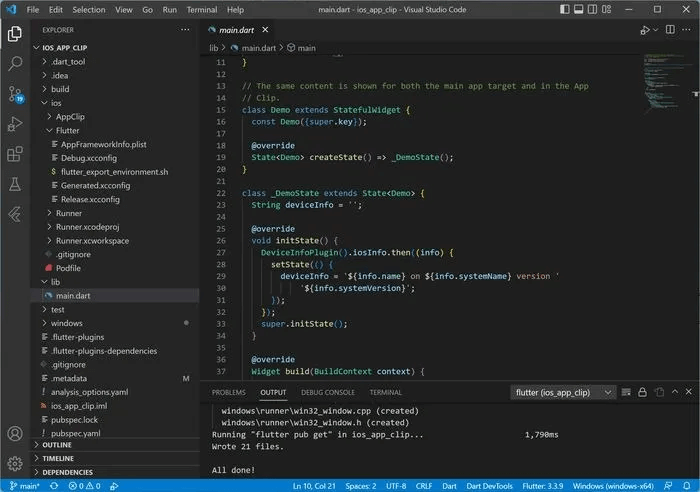
Codemagic It's a paid cloud service that lets you build and publish your Flutter iOS apps without a macOS computer.
A minor downside is that Flutter and Dart are not as popular as React and Javascript, so there aren't as many resources available.
3. Haxe
leg It's a programming language that can create apps for a wide range of platforms, including iOS. It's a great choice if you want your app to run everywhere: desktop, mobile, and the web (both front-end and back-end). While it's popular among game developers, Haxe can still be used to build iOS apps with a consistent user interface.
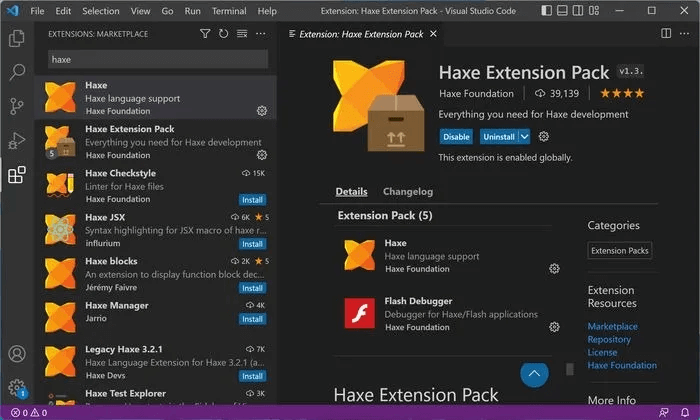
Haxe is a jack-of-all-trades but a master of none. Because its strength comes from building apps for multiple platforms, it doesn't have features specifically designed for iOS app development, so you may not get the native look and feel of iOS like you do with React Native.
4.Adobe AIR
If you have experience developing with Adobe Flash or Actionscript in the past, it may be Adobe AIR It's right for you. Because it's Flash-based, AIR makes it easy to build rich, dynamic experiences, like 2D games, with a single codebase for multiple platforms. Using AIR's toolchain, you can create Android, iOS, and desktop app files directly on Windows. When used with Adobe's Animate CC, it's the fastest way to bring your idea to screen.
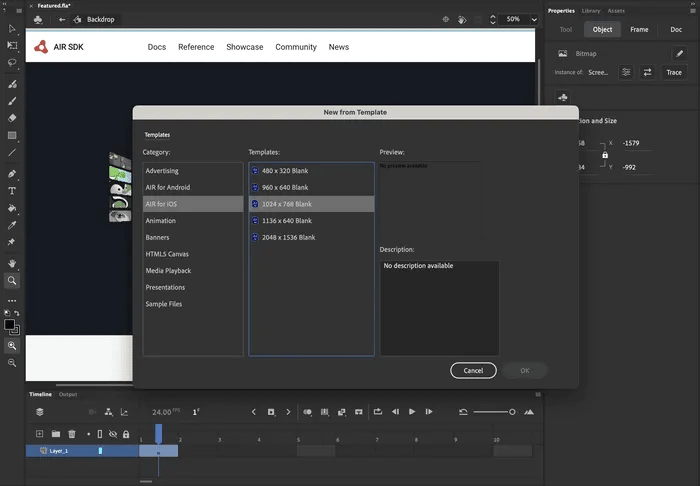
One downside is that AIR's vector-based graphics result in battery usage andhigh CPUAdditionally, to achieve basic functionality like in-app purchases, third-party software called AIR Native Extensions (ANEs) is required. These are typically not free.
Under Harman, the AIR platform itself may also cost you money. You can use Adobe AIR for free if you generate less than $50 in revenue annually. However, this free tier requires you to include an AIR splash screen in your application. Paid tiers without a splash screen, which start at $199 per year, are required for anyone generating more revenue.
5. Rent a Mac in the cloud
A legitimate but expensive option is to pay to access a real macOS device in the cloud. You can do this by paying recurring fees to service providers like MacinCloud Or MacCloud Or MacStadiumIf you follow this approach, it's best to rent it for the minimum amount of time it takes to build and upload your app, then cancel it once you're done. You'll do almost all of the programming on your Windows machine using one of the development methods above, then send the output to a cloud macOS instance for build/upload.
6. Install the macOS virtual machine
If you still want the full macOS + Xcode development experience, you can install a macOS virtual machine (VM) on your Windows computer. This is great because you get all the native development tools Apple intended for iOS app creation. You can do all the design, programming, building, and App Store uploading work entirely on macOS with this option.
Good to know: Don't want to wait for the official release of the latest version of macOS? Install the beta and enjoy upcoming features sooner.
Frequently Asked Questions
Q1: Does Adobe AIR still work?
The answer: You may remember Adobe killing Flash and turning Adobe AIR over to another company, Harman , effectively abandoning the AIR platform. While this is true, AIR is still viable today.
Harman seems to be doing a great job developing and improving the AIR platform. They're working on an AIR developer website with documentation, tutorials, and community discussion. There seems to be a decent amount of community interest, so support for AIR is likely to continue. However, AIR isn't as popular as other platforms.
Q1: Is it better to develop an app for iPad or iPhone?
The answer: If your development platform doesn't make it easy to design for both iPhone and iPad, choose iPhone. More people carry iPhones with them, making them more likely to use your app abroad. Additionally, an app designed for iPhone can still be used on iPad, but the reverse isn't necessarily true.
Q1: How do I test an iOS app on Windows without an Apple mobile device?
The answer: Using the service App Live From BrowserStack, you can upload any IPA file to an Apple mobile device, and then use the device directly in your browser to test and debug your application.
Q1: How can I share my iOS app without publishing it on the App Store?
The answer: You can upload your application file to Diawi To get a shareable installation link. Anyone can install your app using the link, although it can only be used 25 times with a free Diawi account. Although it's highly limited, Diawi is your best bet on Windows, as uploading to TestFlight is only possible on macOS.









